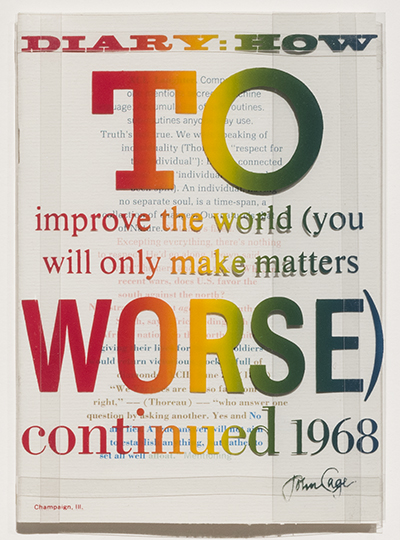The artworld has a language of its own that can be tricky to keep up with, even for us! We are here to help decipher some of the terms often used and unpack what they mean. So, let’s talk shop!
Provenance is a fancy word to describe the documentation of the history of an artwork. It is derived from the French word provenir, which means “to come from.” So, when you hear someone mention the provenance of an artwork, it is basically tracing the path a work of art has traveled from its initial creation through present day. It is usually compiled in a document that lists the locations of the artwork and provides a larger historical, social, and economic context on the life of an artwork. It not only traces ownership of an artwork, but also collections it has in been included in, and where the work has been exhibited previously. Provenance is often used to help authenticate artworks but is not necessarily the most reliable way to do so because sometimes the records do not paint an entire picture.
For example, the SMS portfolios contained multiples of editioned artworks by artists like Yoko Ono, Roy Lichtenstein, and John Cage that were mailed to subscribers. In a case like this, it can be difficult to trace the provenance of each editioned work because the owners may have separated the artworks in the portfolio and informally traded or sold them to various people. Provenance can be tricky!

Back to Inspire home.
CONNECTIONS: Spark | Amplify | Immerse
